In an update to our 2016, 2017, and 2018 lists of most difficult examiners at the USPTO, we have identified the 10 patent examiners (excluding SPEs) with the most skeptical eye toward the patent applications that cross their desks.
In this case, examiner difficulty is measured by allowance rate. Knowing an examiner’s allowance rate is one of the best indicators of how difficult a patent prosecution will be. By understanding how an examiner has performed in the past, you can manage client expectations while structuring a prosecution strategy based on historical trends.
Before we get to this year’s list, here are some trends we noticed:
- Technology Center 3600 (Transportation, Construction, Electronic Commerce, Agriculture, National Security, and License and Review) appears more than any other tech center.
- Examiner Scott D. Gartland has appeared on our list three of the last four years.
- Examiners Michael Sittner, Kiersten Summers, and Jeffrey Piziali appear on our list two of the last four years.
- The average tenure for our 2019 list of difficult examiners is 8.7 years. They are not new to the review process.
To determine our list for this year, we considered applications disposed between January 1, 2014 and December 31, 2018, and limited our search to examiners who had reviewed at least 100 applications during that time period.
Michael J. Sittner

Examiner Michael Sittner has been working at the USPTO for 8 years. He primarily works in Art Unit 3622, concerned with Data Processing. From 2014 to 2018, he has allowed 1 application out of 126, and he also appears on our 2018 list.
Michael J. Cross
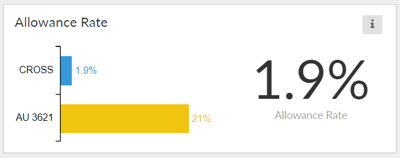
Examiner Michael J. Cross has been working at the USPTO for 7 years. He primarily works in Art Unit 3621, concerned with Data Processing. From 2014 to 2018, he has allowed 2 applications out of 108.
Mathew Richard Syrowik
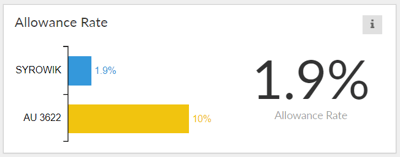
Examiner Mathew Syrowik has been working at the USPTO for 7 years. He primarily works in Art Unit 3622, concerned with Data Processing. From 2014 to 2018, he has allowed 2 applications out of 103.
Jeffrey J. Piziali
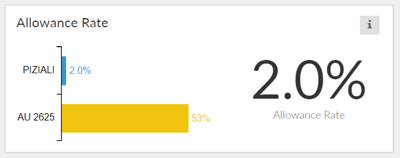
Examiner Jeffrey Piziali has been working at the USPTO for over 10 years. He primarily works in Art Unit 2625, concerned with Selective Visual Display Systems. From 2014 to 2018, he has allowed 3 applications out of 147, and he also appears on our 2018 list.
Arunava Chakravarti
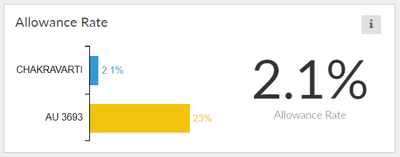
Examiner Arunava Chakravarti has been working at the USPTO for 9 years. He primarily works in Art Unit 3693, concerned with Data Processing. From 2014 to 2018, he has allowed 3 applications out of 145.
Kiersten V. Summers
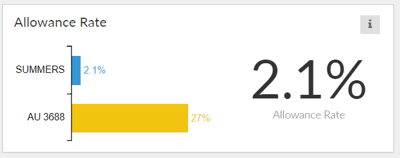
Examiner Kiersten Summers has been working at the USPTO for 7 years. She primarily works in Art Unit 3688, concerned with Data Processing. From 2014 to 2018, she has allowed 3 applications out of 145, and she also appears on our 2018 list.
Tan D. Nguyen
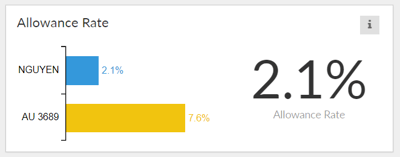
Examiner Tan D. Nguyen has been working at the USPTO for over 10 years. He primarily works in Art Unit 3689, concerned with Data Processing. From 2014 to 2018, he has allowed 3 applications out of 143.
Darlene Garcia-Guerra

Examiner Darlene Garcia-Guerra has been working at the USPTO for 9 years. She primarily works in Art Unit 3683, concerned with Data Processing. From 2014 to 2018, she has allowed 4 applications out of 161.
Scott D. Gartland
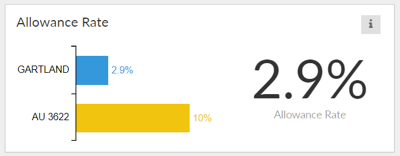
Examiner Scott Gartland has been working at the USPTO for over 10 years. He primarily works in Art Unit 3622, concerned with Data Processing. From 2014 to 2018, he has allowed 6 applications out of 209, and he also appears on our 2016 and 2018 lists.
Kevin Worrell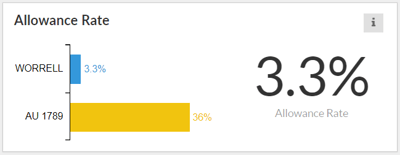
Examiner Kevin Worrell has been working at the USPTO for 8 years. He primarily works in Art Unit 1789, concerned with miscellaneous stock materials. From 2014 to 2018, he has allowed 4 applications out of 123.
Similar to last year’s analysis, nine out of 10 of these examiners work primarily in Tech Center 3600, the technology center most impacted by Alice Corp v. CLS Bank. In fact, one of these examiners (Scott D. Gartland) actually shows up in our list of examiners with the highest percentage of Alice rejections. With the Alice decision recently hitting its fifth anniversary, and the USPTO hoping to create consistent examination guidance for all examiners to follow, it’s clear certain examiners are still taking hardline views on patent eligibility.
Of course, an examiner’s allowance rate is just one of many pieces of data that can help in structuring a successful prosecution plan. Juristat examiner analytics allows attorneys to create detailed prosecution strategies for every examiner at the USPTO. With interactive and customizable reports, the data provides actionable insights that help practitioners specifically tailor an application for the maximum possibility of allowance.
Not sure where to start with examiner data? Watch our webinar, "Using Advanced Examiner Analytics in Patent Prosecution," where we share best practices for using examiner data to make smarter, more strategic prosecution decisions.
(gradient).webp)

